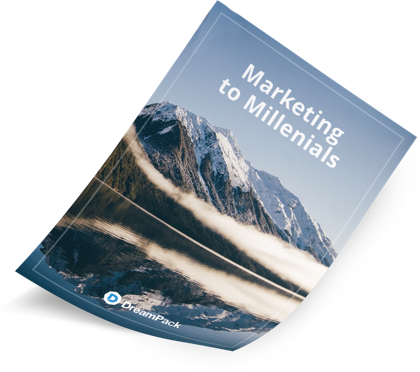The key to successful relationship-based recruitment can be as simple as charting your talent’s business and social relationships. Connecting the dots between your candidate’s relationships will paint a proprietary picture of where your talent stands in their community and identifies the relationships they have across global organizations. Recruitment teams around the world use software tools to build these talent graphs every day.
Six degrees of separation was an idea proposed in 1929 by the Hungarian writer Frigyes Karinthy and later became part of the Small World study by Stanley Milgram, a social psychologist, and Yale professor. These studies shed light on unique social connections and how many seemingly unrelated individuals are interconnected. The results have determined that you and your candidates have six degrees of separation to anyone in the world.
These social studies have provided the ability to chart connections and have spawned countless new applications of the concept, including the Kevin Bacon Game, LinkedIn, and Facebook (which has shown we are closer to 4 degrees separation).
Facebook is collecting all available data to map their own social graph using the links between people on Facebook and expanding beyond the social network with Open Graph. The links that connect your social network of connections also connects data such as which song you played on Spotify last night, which cat video you forwarded to your friend, what you like, what you eat, where you “check-in”, and more.
What Does It All Mean for Talent Acquisition?
Clearly, these ‘graphs’ of connections are extremely powerful. But, how do we use them to identify and recruit the best talent? How do you gain competitive edge over others who are trying to do the same thing in the same space?
Through different tools, recruiters can see where candidates have worked, who invested in whom and many of their connections. However, these tools reflect only a fraction of the talent in the market, and if you pay for an upgraded Linkedin account everyone can access the same information. Of course, you need these tools just to play the game, but how can you rise above your competition?
Build Your Proprietary Talent Graph & Rise Above the Competition
For strategic search and competitive talent markets, this intelligence must be collected from several sources and analyzed over time. The more information you gather to ‘connect the dots’ for your own Talent Graph, the more precise your web of knowledge becomes, yielding major competitive advantage.
6 Ways to Grow Your Proprietary Talent Graph:
1. Track Referrals - A colleague tells you that you ‘need to know’ about a certain executive when you are building a talent pipeline. This referral doesn’t necessarily mean the two know each other (or are connected on LinkedIn), but it serves as another key connection in your proprietary talent graph.
2. Accounts - Keep track of your candidate’s intel. In discussions, potential hires frequently reveal specific information about prior experience that is crucial to your Talent Graph. For example, they worked on the Coca-Cola account while at XYZ Company – another link!
3. Track Likes and Dislikes - We’ve even seen recruitment teams specifically track who likes and dislikes each other. Yet one more link that you will not likely find promoted on social media channels and networks.
4. Confidential Checks - Referrals to top talent is one thing, but an actual recommendation is something else. Confidential reference checks with people the potential candidate did prep could uncover critical information. Make sure you are reaching out to people other than the usual suspects.
5. Assessments and Insights - This may be a recruiter expert assessment derived from their work on the project or a simple inference based on the final disposition of a candidate’s status for a potential job. Either way, this is critical, proprietary information linking people with organizations and positions – unavailable to anyone outside of your organization.
6. Automated Data Analysis - Building your Talent Graph can also be done by examining your team’s proprietary email histories to create links that would otherwise be hidden.
Building Your Talent Graph is a Virtuous Cycle
These are all key to building a valuable talent asset with your Talent Graph. Find people who are un-profiled or under profiled on LinkedIn, and those who are trying to stay off the radar. Create an emphasis on quickly pinpointing knowledge from your teams that does not exist elsewhere. As your Talent Graph is leveraged and implemented in your team’s everyday activities, each initiative builds bigger and stronger connections, it becomes a virtuous cycle.
Final Takeaway?
Make sure you are utilizing all of your connections, and the connections of those connections. Also, make sure you properly record this information in a system designed for relationship-based recruitment so you can leverage it easily in the future.





